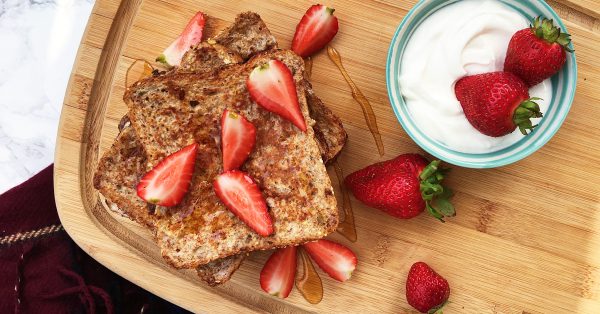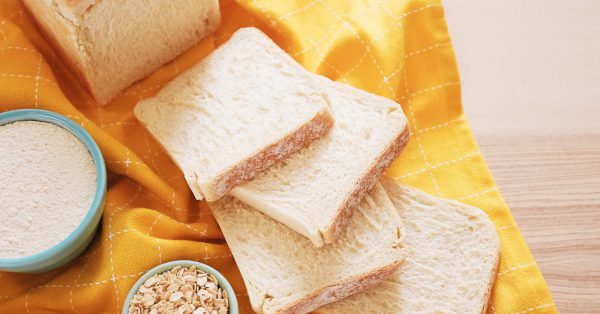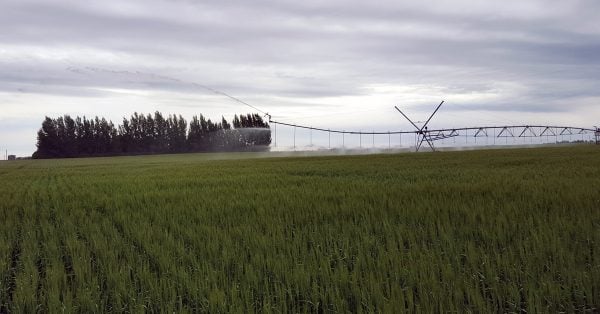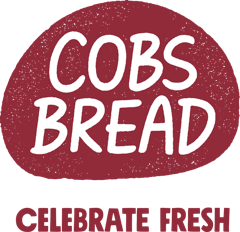Bread Facts: Did You Know…

Bread Facts: Did You Know…
By Stephanie Dang, Registered Dietitian
1. Gluten Free does not mean healthier
A strict gluten-free diet is necessary for people with celiac disease, but those without celiac disease or non-celiac gluten sensitivity do not need to be following a gluten-free diet. In fact, following a restrictive diet without doing research first can cause more harm than good. Restriction of any major nutrient or food group without substitution can increase risk of nutrient deficiencies. Common nutrient deficiencies seen in gluten-free diets include vitamin B12, vitamin B6, folate, iron, and a decrease in fibre consumption. Additionally, you may be consuming more fat and sugar than you think. Gluten acts as a ”glue” in baked products (providing texture and chewiness), and many gluten-free products have to add extra sugar and fat in order to get a similar result!
2. COBS Bread loaves have no added sugar or preservatives
Excess refined sugar can lead to increased risk of chronic inflammation and disease. Main sources of sugar in the average North American diet are sugary drinks (sodas, juice, coffees, teas), desserts, and processed foods. Many store-bought brands of bread (including whole grain breads) also contain added sugar to enhance flavour, as well as preservatives to preserve shelf life. When did bread become so complicated?! COBS traditional loaves keep it simple – no added sugar, no added preservatives, just simple, nutritious ingredients.

3. Each American consumes an average of 53 pounds of bread per year
That’s a lot of bread! There are a ton of ways to use bread that aren’t sandwiches, such as French toast, sweet or savory bread pudding, and homemade croutons. Be sure to check out COBS Bread Meal Ideas page for healthy ways to incorporate bread into your diet!

4. There are TWO types of fibre, and both are beneficial for gut health
And many of COBS Bread loaves contain both types of fibre! Soluble fibre attracts water and forms a gel-like substance in your gut. This slows digestion, which can help you feel full for longer. Soluble fibre has also been linked to lowering the risk of heart disease. You can find soluble fibre in oat bran, nuts, seeds, barley, legumes, and some fruits and vegetables. Examples of COBS loaves containing soluble fibre include the Higher Fiber loaf, Country Grain loaf, Cape Seed loaf, Sunflower Flax Sourdough, and the Chia White Loaf.
Insoluble fibre adds bulk and helps create formed stools. Insoluble fibre can also contribute to satiety and is very important for gut health. It is found in foods such as wheat bran, whole grains, and some fruits and vegetables. Some examples of COBS loaves that contain insoluble fibre include the Country Grain loaf, Cape Seed loaf, Sunflower Flax Sourdough loaf, and Chia White Loaf.

5. The amount of bread produced from one bushel of wheat would allow you to eat two slices of bread for breakfast, lunch, and dinner for 168 days!
This means that one acre of wheat could supply a family of four with enough bread for 10 years!

6. There is no “daily limit” for bread
There isn’t a daily limit for any food; it depends on your overall diet! There is no evidence-based rule that you should only be eating “x” number of slices of bread per day (which is something you may read on the internet). A balanced, healthy diet includes a variety of whole, unprocessed foods, such as a variety of whole grains, colourful fruits and vegetables, plant-based oils, and lean or vegetarian proteins. And this is possible whether you’re eating four slices of bread per day or zero. A healthy diet is a balanced diet!
If you haven’t already, check out Stephanie’s last post “5 Reasons Why Bread is NOT the Enemy!”
